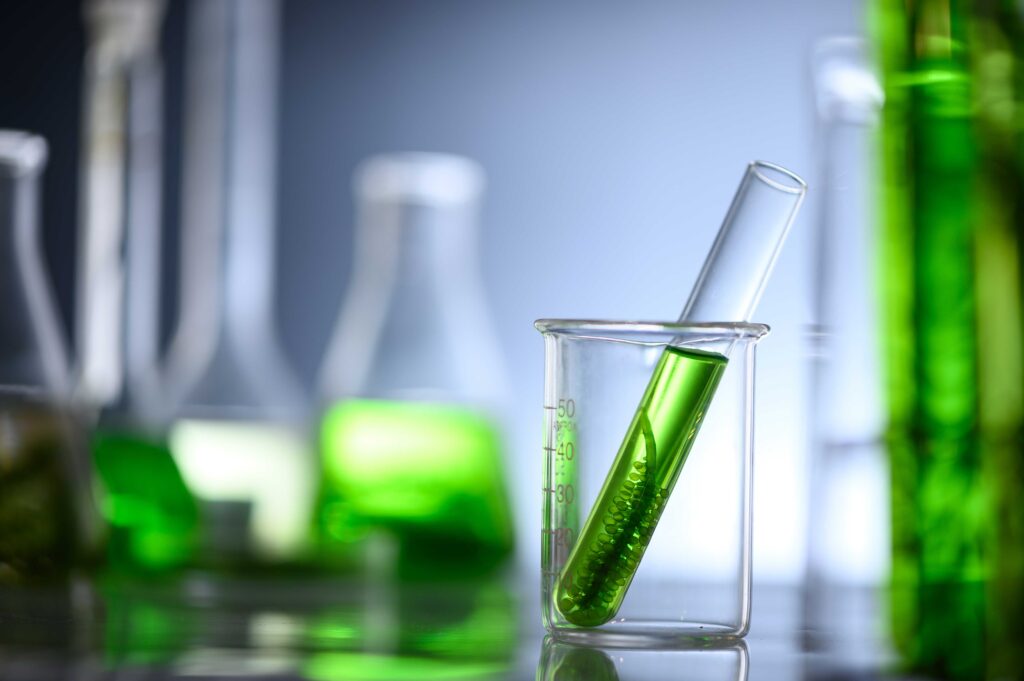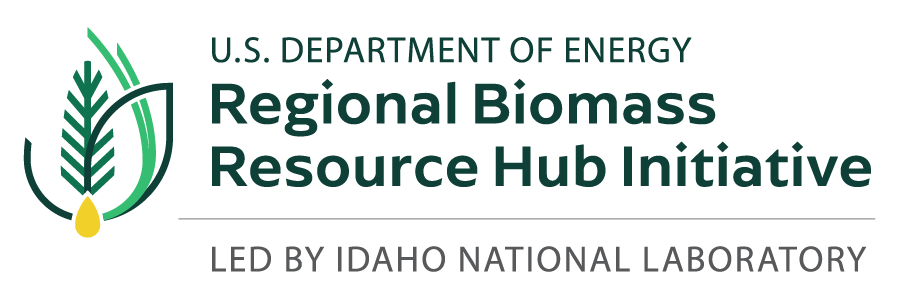Description
Capability to make quantitative isotope-enabled measurements of fluxes and biogeochemical pools across scales—from single cells to field/ecosystem level. Largely focused on quantifying and improving sustainability and carbon sequestration during bioenergy crop production.
Tools include: 1) stable isotope probing to quantify carbon and nitrogen fluxes (13C, 15N) from cellular to ecosystem scale using LLNL’s two state of the art high resolution imaging mass spectrometers (NanoSIMS) along with multi-modal molecular imaging; high throughput SIP pipeline (HT-SIP) to quantify function of active microorganisms; and Environmental Plant and Isotope Chamber (EPIC) facility for whole-plant-soil 13C tracing experiments. 2) Compound specific radiocarbon dating at LLNL’s Center for Accelerator Mass Spectrometry (CAMS)—allows 14C measurement of age and turnover time for specific soil carbon pools to aid assessment of long-term soil carbon storage. 3) Novel strategies to assess systems-level impacts of agronomic practices, especially those that affect carbon and water fluxes, including measurements of conservative tracers of water fluxes and rock weathering (3H, 18O, 87Sr/86Sr ). Together, these tools can provide accurate, sensitive, and scale-specific assessment of the carbon intensity of resource crop production.
Unique Aspects
Most of these tools exist only at LLNL, or are very rare in the world.
Availability
Available to collaborate as a research partner, or in a ‘fee for service’ context.
Benefit
These capabilities can be provided to partners who aim to decrease the carbon intensity of resource production, and offer an accurate assessment of bottlenecks and losses from the molecular to field scale.
Capability Expert(s)
Jennifer Pett-Ridge, Karis McFarlane, Peter Weber, Xavier Mayali, Rhona Stuart, Noah Sokol, Erin Nuccio, Steve Blazewicz



References
B. Wood, E. Schwegler, W.-I. Choi, and T. Ogitsu, “Hydrogen-Bond Dynamics of Water at the Interface with InP/GaP(001) and the Implications for Photoelectrochemistry,” J. Am. Chem. Soc. 135, 15774 (2013).
T. A. Pham, D. Lee, E. Schwegler, G. Galli, “Interfacial Effects on the Band Edges of Functionalized Si Surfaces in Liquid Water,” J. Am. Chem. Soc. 136, 17071 (2014).
B.C. Wood, T. Ogitsu, and E. Schwegler, “Ab initio modeling of water-semiconductor interfaces for photocatalytic water splitting: The role of surface oxygen and hydroxyl,” J. Photon. Energy 1, 016002 (2011).
